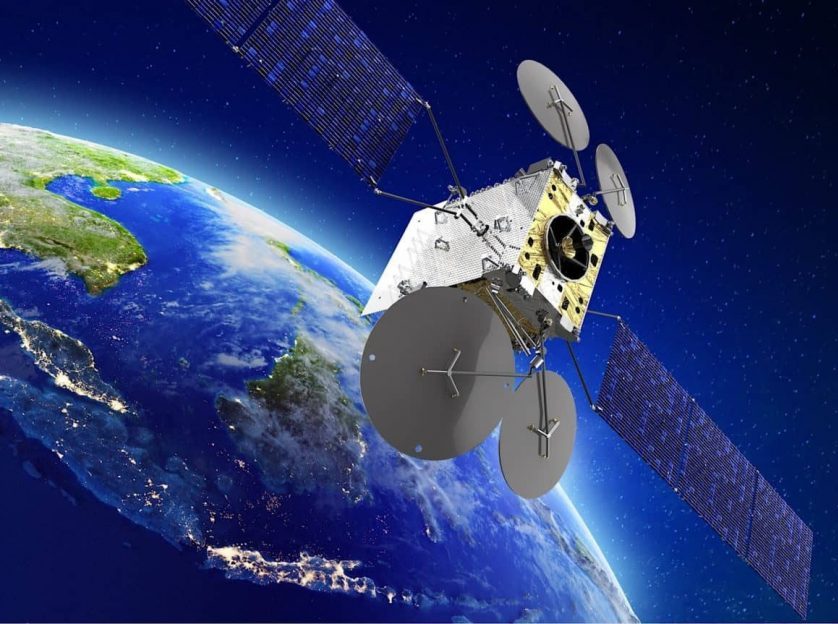
Back to selection
GEO Satellite
ArabSat-7A GEO
Planned
Launch date
29 August 2026
Country

Purpose
Communication
Planned position
30.5° East
Manufacturer
Operator
Launch operator
Launch vehicle
Falcon 9
Expected lifetime
15+ Years

Planned Regions
Europe Region
Middle East Region
North & Central Africa Region
South Africa Region
ArabSat-7A at 30.5° East
The ArabSat-7A at 30.5° East satellite is a fully flexible Software-Defined Satellite (SDS) owned and operated by Arabsat. The satellite is being built by Thales Alenia Space and is based on the Space-Inspire (INstant SPace In-orbit REconfiguration) innovative product line allowing seamless telecommunications mission and services reconfiguration, instant in-orbit adjustment to broadband connectivity demand, and superior video broadcasting performance while maximizing the effective use of the satellite resources.
ArabSat-7A at 30.5° East (Planned) will join Arabsat-6A and Arabsat-5A at its data hotspot at 30.5° East. It will replace the bulk of the existing C and Ku-band capacity on Arabsat-5A as this satellite reaches end-of-life to ensure a seamless transition for customers and partners. It will also offer ample high-throughput Ku-band capacity to help Arabsat expand its services into several verticals to enhance its portfolio of products and solutions over Middle-East, Africa and beyond, to parts of Europe.
The satellite is expected to be launched in 2023 on a Falcon 9 rocket operated by SpaceX.
The Arab Satellite Communications Organization (Arabsat) is a leading communications satellite operator in the Arab World, headquartered in the city of Riyadh, Saudi Arabia. Arabsat owns and operates 7 satellites, at 3 orbital positions, 20°, 26°, 30.5° East: Arabsat-5C (20°E), BADR-4, BADR-5, BADR-6 and BADR-7 (26°E), Arabsat-5A and Arabsat-6A (30.5°E).
The Company was created to deliver satellite-based, public and private telecommunications services to the Arab States, in accordance with International Standards. With more than 20 member countries, the organization plays a vital role of enhancing communications in the Arab World.
The Arabsat satellites are a series of geostationary communications satellites launched from 1985 through 2011. Some of the later satellites in the series remain operational in orbit, while others have been retired and are derelict.
GEO Satellite
ArabSat-7A
Planned
GEO Satellite
ArabSat-7A
Planned
GEO Satellite
ArabSat-7A
Planned